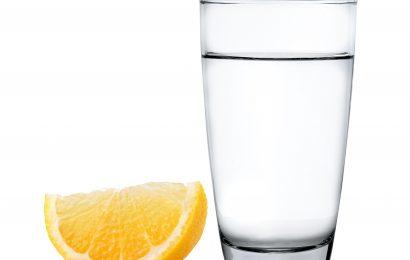What you can do
Safeguarding vision, then, can come down to some sensible — and familiar — behaviors. These include the following:
- Wear sunglasses that protect the eyes from both ultraviolet A and ultraviolet B rays.
- Keep blood glucose under control.
- Stop smoking or cut back as much as possible if you smoke.
- Eat five to nine servings of produce a day. Because carotenoids add color to produce, choose brightly and deeply colored fruits and vegetables as often as possible. Include leafy green vegetables in your meals several times a week.
- Include plenty of vitamin C in your diet by choosing several daily servings of foods such as cantaloupe, strawberries, citrus fruits, kiwifruit, mango, papaya, broccoli, Brussels sprouts, sweet peppers, tomatoes, cauliflower, potatoes, and, again, leafy greens.
- Eat fatty fish two or three times a week. Limit total fat and commercially processed baked goods and snack foods.
- Have an annual eye exam (unless your doctor advises a different schedule) that includes dilating the pupils.
The good news is that there is no need to wait for the latest research to begin eating for healthy eyes. Eating dark leafy greens or foods high in vitamin C as part of a diet rich in fruits and vegetables is advice virtually every health professional can back.
Want to learn more about maintaining your vision? Read “Keep an Eye on Your Vision,” “Foods for Healthy Eyes” and “Diabetes and Your Eyes — More Than Retinopathy.”





